Featured snippets: A Google search result displayed at the top of the page featuring information that quickly answers a user’s query.
Marketers are constantly looking for the best ways to get content featured prominently on Google’s search engine result pages (SERPs). Whether they are paid ads, local listings or organic results, we want to make sure our content is optimized to the fullest to drive as many clicks to our online properties.
For its part, Google is happy to provide plenty of opportunities for marketers to appear in search results. There are search ads, shopping ads, map listings, Knowledge Graph boxes, standard organic results, etc. But there’s one type of result that rises above the rest (literally) across an array of searches – featured snippets.
If your brand is looking for more ways to dominate SERPs, earning a featured snippet is a great way to quickly answer searchers’ questions and drive clicks to your content. To help you in this endeavor, we’ve put together this helpful guide to explain what featured snippets are, how they benefit your brand and what you need to do to earn them.
What is a featured snippet?
While you won’t find one every time you conduct a search, featured snippets appear at the top of many results as a highlighted box. Google calls them featured snippets because:
“Unlike our regular web listings, the page’s description – what we call a ‘snippet’ – comes first. With featured snippets, we reverse the usual format. We’re featuring the snippet, hence the ‘featured snippet’ name. We also generate featured snippets in a different way from our regular snippets, so that they’re easier to read.”
Here’s an example of what a featured snippet looks like on a desktop search result page. As you can see, the one below is a bulleted list, but the information in a featured snippet can also appear as a paragraph or a table.

Why does Google display featured snippets?
Simply put, Google uses featured snippets to provide quick answers to simple questions.
“We display featured snippets in search when we believe this format will help people more easily discover what they’re seeking, both from the description and when they click on the link to read the page itself,” according to a blog post from Danny Sullivan, Google’s public liaison for search. “It’s especially helpful for those on mobile or searching by voice.”
How do featured snippets factor into voice searches?
Featured snippets play a large role in voice searches on devices like Google’s Home smart speaker. In these searches, the digital assistant that powers the speaker can’t display the answer to the search visually (unless the speaker also has a screen like the Google Home Hub). Instead, the digital assistant uses content that would normally appear in a mobile or desktop search to provide a spoken answer to the user’s query. In these instances, Google will also cite the source in the Google Home mobile app so the user can click to learn more.

How do featured snippets help marketers?
A few years ago, a debate began among search marketers as to whether featured snippets are actually costing content creators like brands and publishers traffic. After all, if searchers can quickly find answers to their queries at the top of the SERP, why do they even need to click into the content?
These concerns have proved to be unfounded, however, as searchers consistently click through to the source of a featured snippet to learn more about the topic.
According to a study from Ahrefs, for searches without paid ads that include a featured snippet:
- 8.6 percent of clicks go to the featured snippet.
- 19.6 percent of clicks go to the search result right below the featured snippet (i.e., the No. 1 organic result).
The study also found that, for searches without a featured snippet, 26 percent of clicks go to the top result, meaning, if your site owns the featured snippet and the top result, you’ll get 28.4 percent of the clicks vs. 26 percent of clicks if you only had the top result in a search without a featured snippet.
If your site owns the featured snippet but doesn’t land in the top spot, you’ll still likely see an increase in clicks. The vast majority of featured snippets come from one of the top five results, meaning you’ll “steal” clicks from the No. 1 result with the snippet while still getting a share of the clicks from your standard search result.
Where featured snippets rank in Google’s organic results (by SERP position)

The study was based on millions of search results with featured snippets. Studies that large can seem somewhat ambiguous. To help make this concept a little more tangible, here’s a specific example of how earning a featured snippet helped out one of our clients, AT&T Experience.
Case study: How earning a featured snippet drove traffic for AT&T Experience
First, a little background. AT&T Experience is the largest AT&T authorized retailer with nearly 1,300 retail stores nationwide. The brand’s website is relatively new, and Mindstream Media Group has been helping them gain visibility online with technical SEO and content marketing services.
Our content marketing services have included regular blogging efforts to help drive traffic and increase awareness. In July, we published a blog with a timeline of iPhone launches. For the first couple of months, the post didn’t get a whole lot of traffic. Starting in mid-September, however, the post’s traffic started to ramp up. Initially, we attributed this to the page’s rank steadily increasing in relevant search results coupled with an increase in queries about the upcoming iPhone launch.

In late October, the traffic shot up sharply and remained steady for the next few weeks. It didn’t take long to determine what happened. The post was appearing as a featured snippet for the search “Apple iPhone timeline” – a term that had more than doubled in popularity from July when the blog was released to September when the traffic started spiking.
Related Video: Cutting through the Clutter – Why Your Brand Needs a Blog
Not only was our post the featured snippet for the search result above, but it was also the top result in the organic rankings. The post was also ranking in the top five results for a number of related search terms.
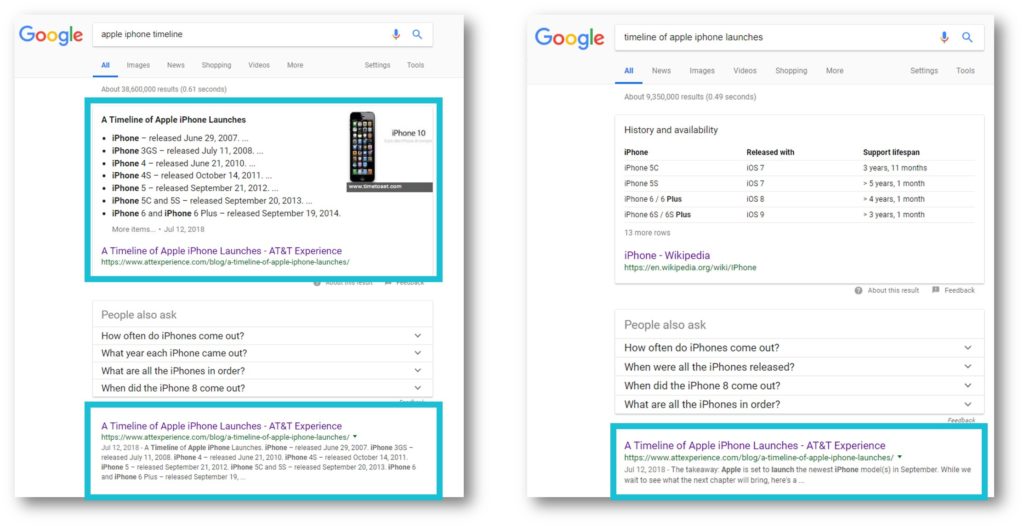
This boost in the post’s rankings – including its promotion to featured snippet status – had a significant impact on traffic to the site. If we compare the post’s traffic from the first 30 days after it was published to its traffic from the last 30 days in October, we can see some pretty impressive returns:

The last stat here is especially significant. Visitors to the blog post were spending an average of almost 7 minutes on the page in the second time window. The amount of time spent on a page is a) amazing for a blog post and b) an indicator that people found the content valuable and were reading it all the way to the end.
How do I get my content to appear as a featured snippet?
There’s no magic formula for getting your content promoted to a featured snippet. There are, however, a few simple steps you can take to give your content the best chance possible:
- Create high-quality content: When it comes to any type of content you create that you want searchers to find, make sure it’s high-quality. This means the content is well-researched and well-written, includes quality images and graphics and, above all, provides audiences with valuable information.
- Answer specific questions: Google often shows featured snippets for searches where the person is looking to find more information about a topic. To give your content the best chance of getting featured, create pieces that answer specific questions related to your brand. The goal isn’t to sell your products and services, it’s to help audiences learn (e.g., like providing a timeline of iPhone launches if your brand sells the devices).
- Use a Q&A format: To make sure Google knows what specific questions you’re answering with your content, try using a question-and-answer format. This could include content like FAQ pages or (prepare for a fourth wall break) blogs like the one you’re reading right now that use questions to transition throughout the piece.
- Optimize your content: Make sure your blogs and webpages follow SEO best practices by optimizing elements like title tags, descriptions, header tags, structured data, etc.
Need help creating optimized content that dominates Google’s search results? Contact Mindstream Media Group today.




![[Case Study] Using a Carefully Crafted Digital Media Mix to Crush Sales](https://mindstreammediagroup.com/wp-content/uploads/2019/03/PIN-Case-Study-feature-image-16-9.png)
![[Case Study]: How to Increase Social Media Engagement By Repromoting Content](https://mindstreammediagroup.com/wp-content/uploads/2019/01/How-to-Increase-Social-Media-Engagement-By-Re-promoting-Content-featured-image.jpg)
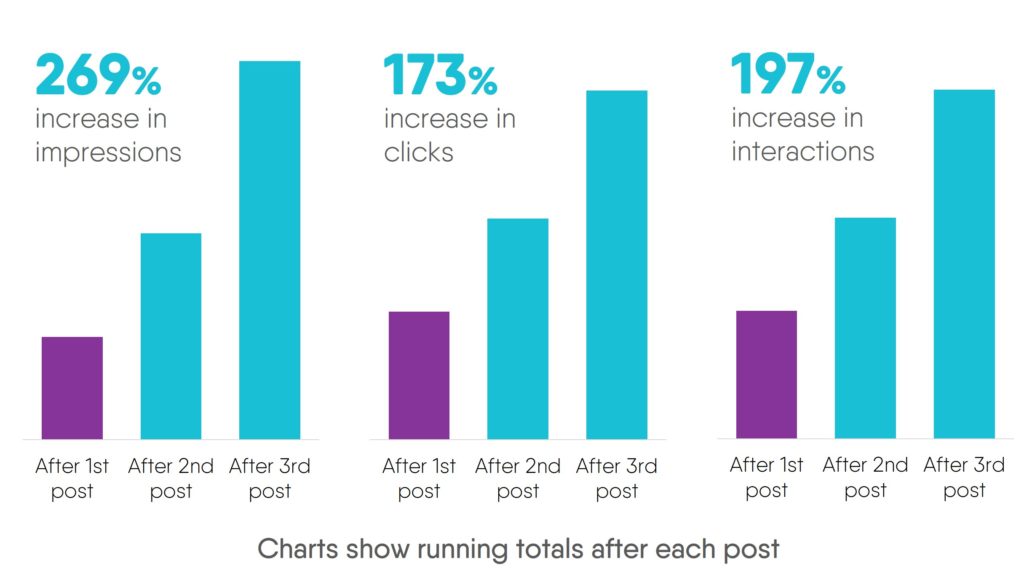
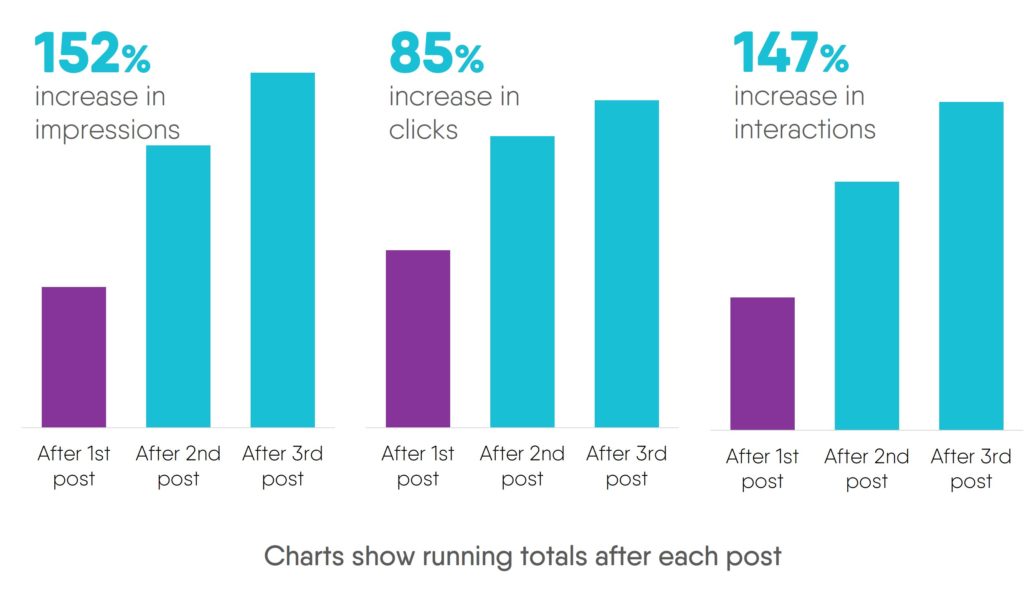
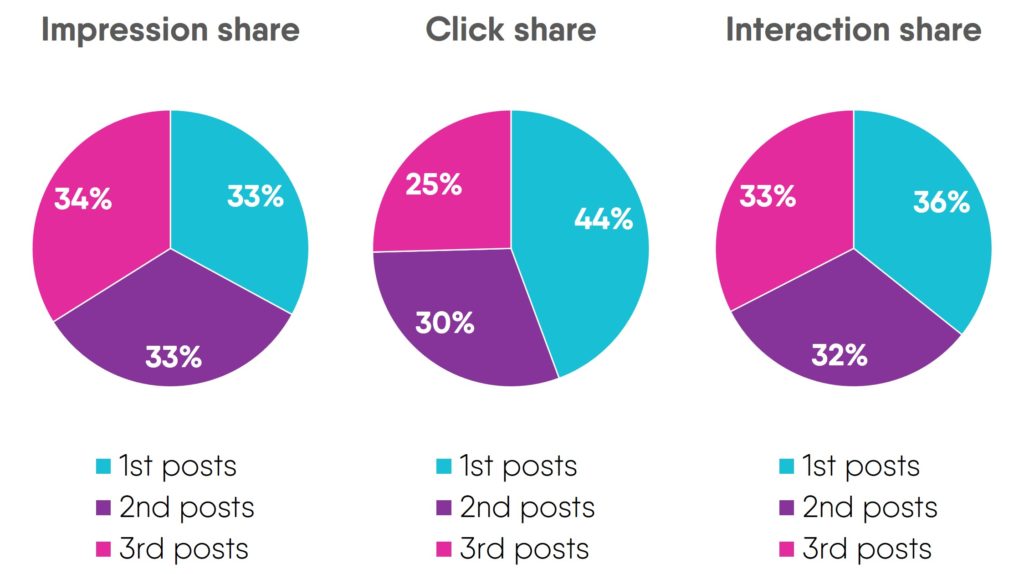
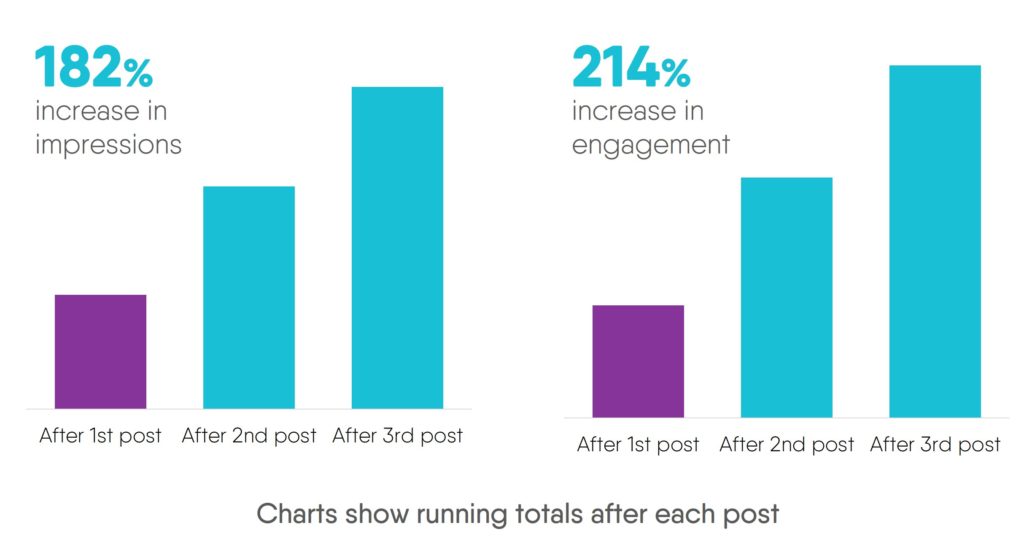
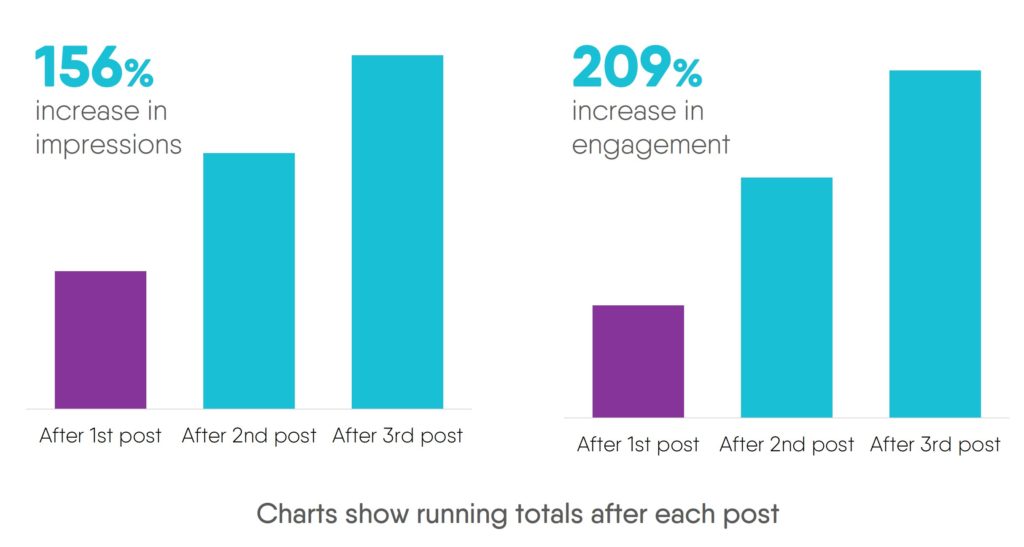
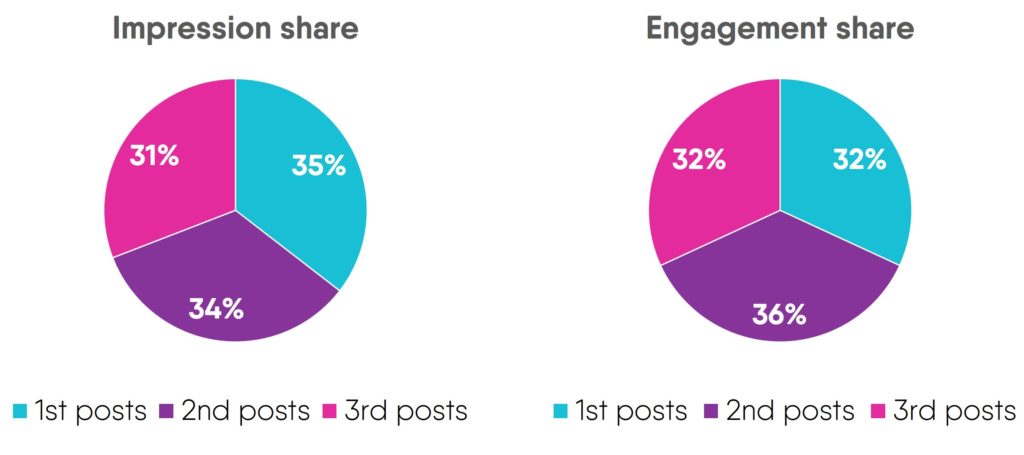







![[Case Study]: Our Digital Marketing Strategy Drives Profitable Traffic for Portrait Innovations](https://mindstreammediagroup.com/wp-content/uploads/2018/07/Portrait-Innovations-Digital-Marketing-Strategy-Case-Study-Campaign-Creative-e1539021327922.jpg)

![[Case Study]: The UPS Store – Generating Leads to Fuel Franchise Development](https://mindstreammediagroup.com/wp-content/uploads/2018/02/TUPSS-Case-Study-Generating-Leads-to-Fuel-Franchise-Development-featured-image-e1539019681120.jpg)
![[Case Study]: BrightStar Care – A Search Marketing Success Story](https://mindstreammediagroup.com/wp-content/uploads/2017/12/BrightStar-Care-Case-Study-Search-Marketing-Success-Story-featured-image-e1539021286758.jpg)